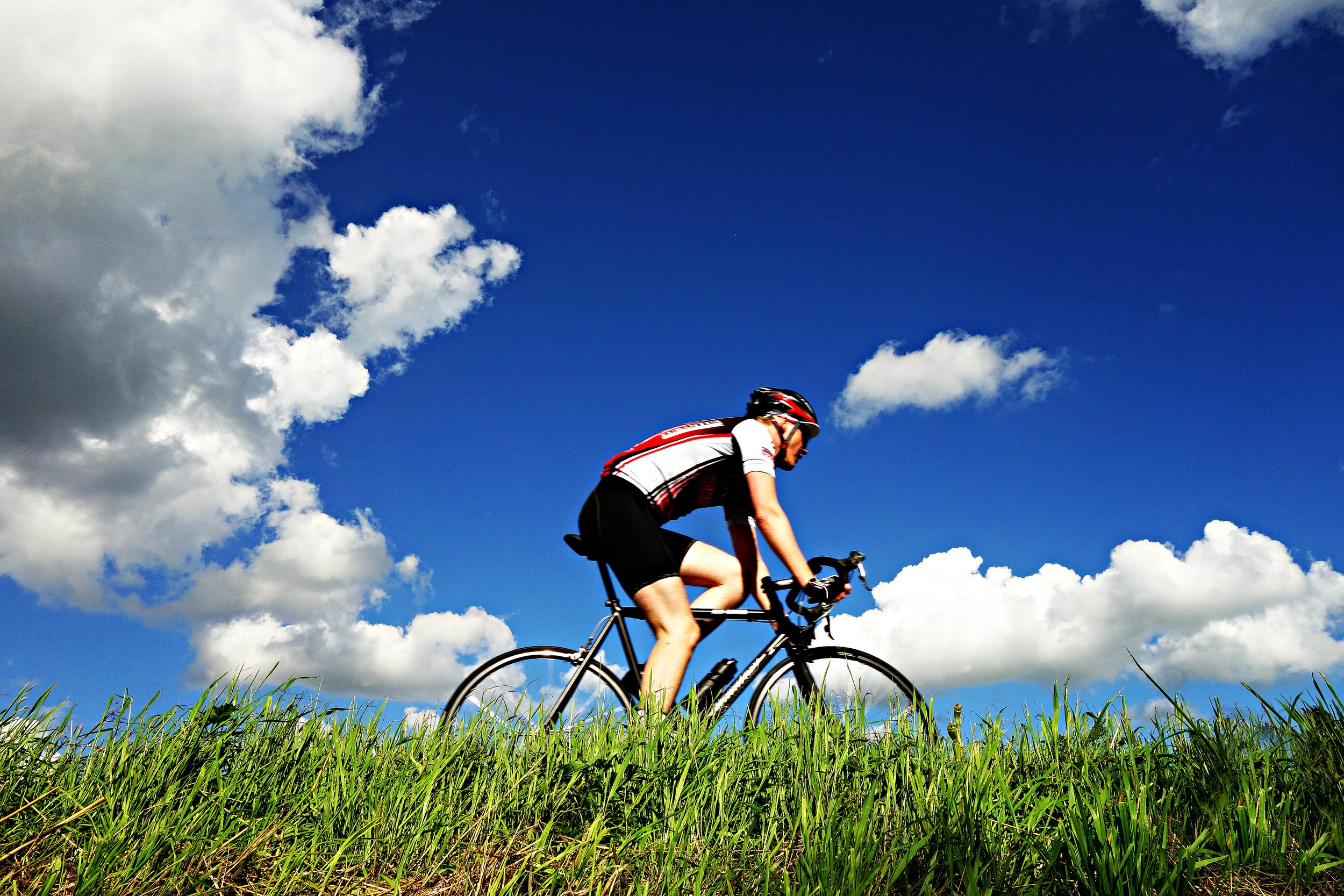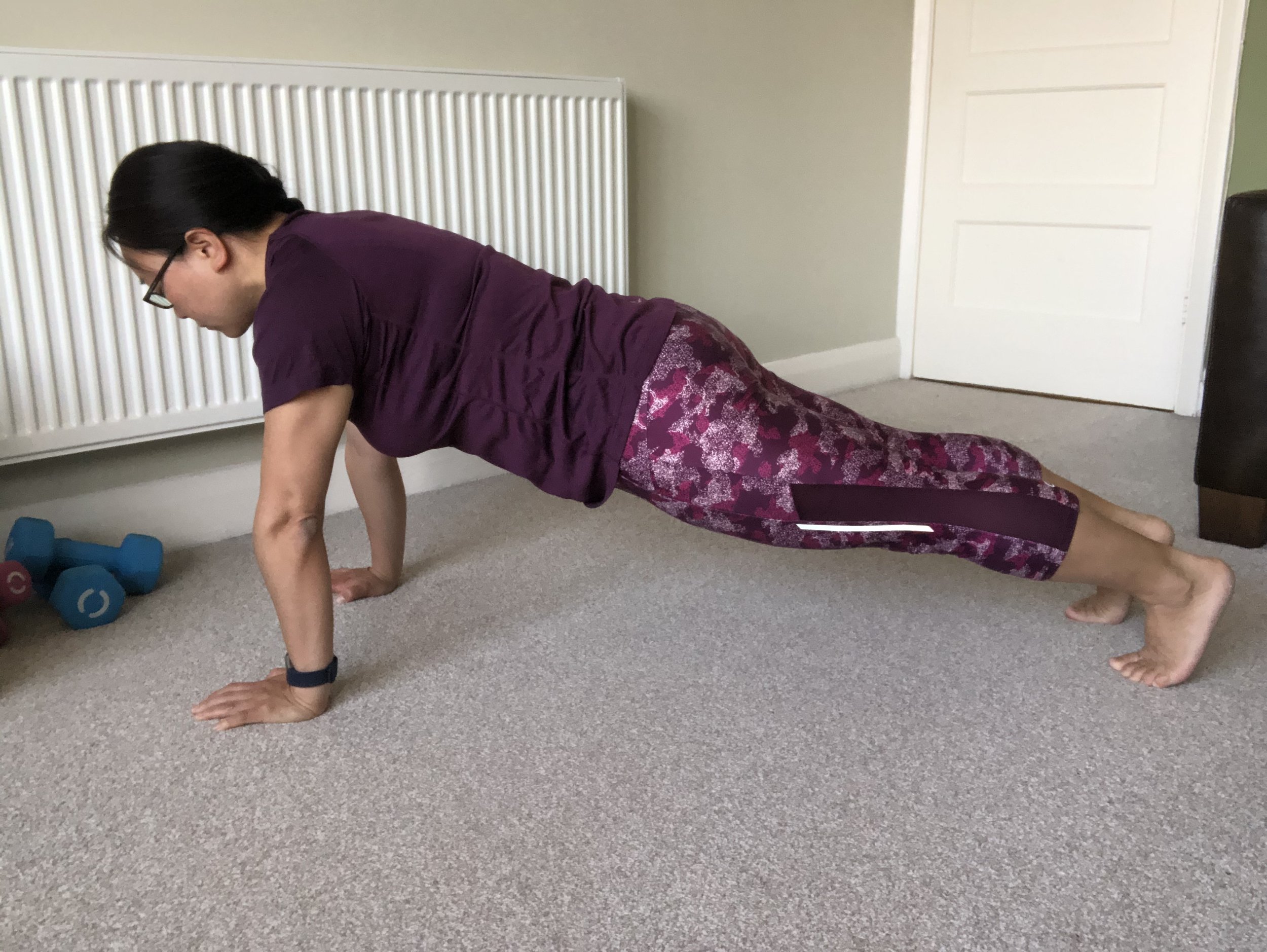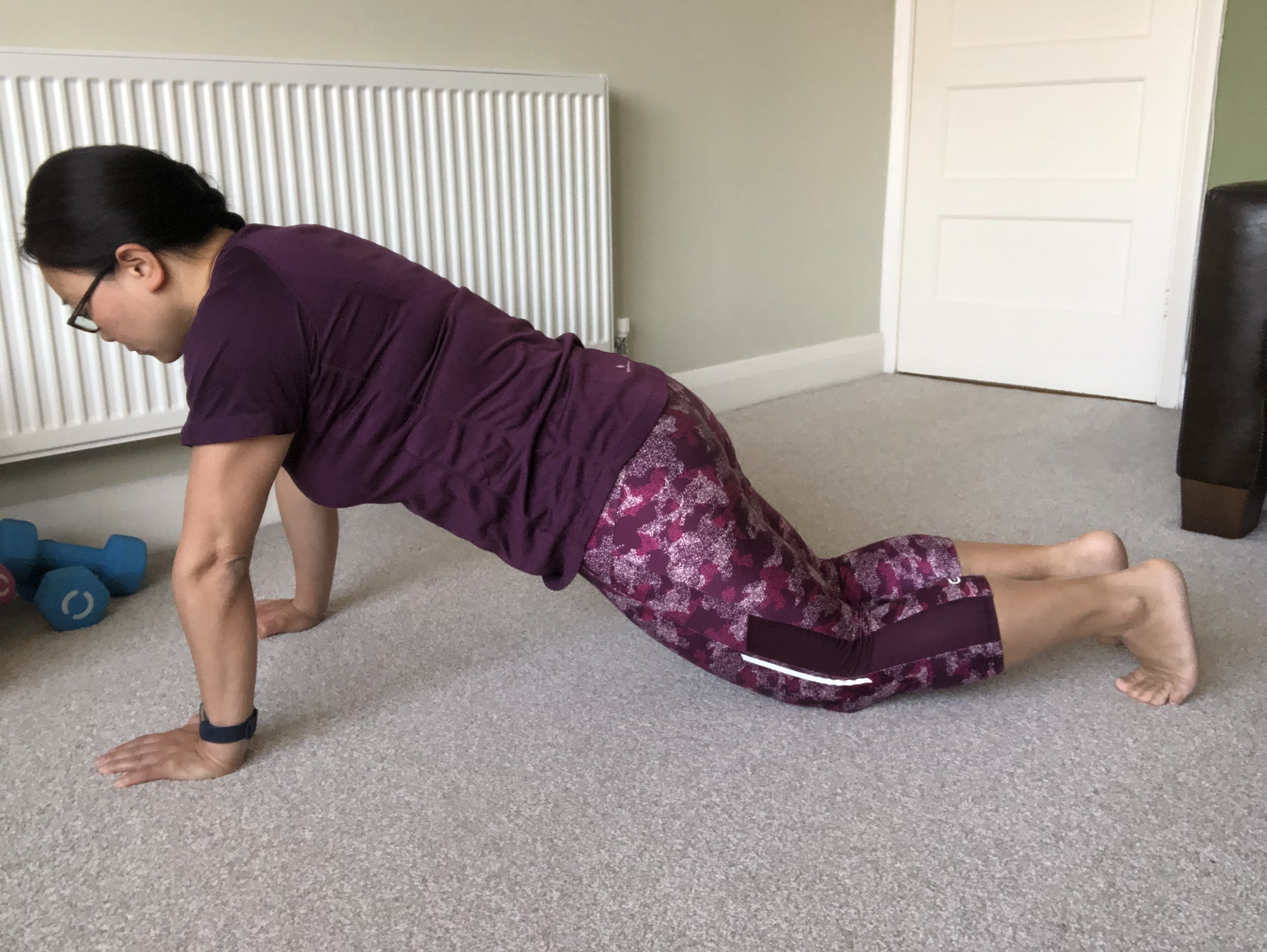Wondering what’s the point?
Exercise and movement is important. Without it, you’d feel much worse, so don’t quit.
Exercising regularly doesn’t guarantee that you will be pain free 100% of the time. In fact, depending on what you are doing and how frequently you are doing it, you could be creating the niggles.
When you suffer with muscular or joint pain, you are usually told to exercise and move it and for the majority, pain subsides and sometimes remedies itself.
Why can exercise and movement alleviate pain?
Activating, engaging and strengthening your muscles enable a joint to be better supported. This means it can move better, resulting in less pain.
Movement in the joint encourages the production of synovial fluid, helping the joint move more smoothly. Less friction, less pain.
When you move stiff joints and improve your overall mobility, your body moves better as a whole. Remember the song - the leg bone is connected to the hip bone, etc? Stiff joints make movement difficult and when your body cannot move fluidly, there will be a crunch point.
So if you’re exercising regularly, why can this be an issue?
Is what you are doing repetitive eg running or cycling
Do you have good technique, which means you move without compensations?
Do you stretch to rebalance and return muscles to their normal length?
Are you over doing it?
Running
Most people will have dysfunction in their movement, for the majority it’s not a problem. It usually becomes a problem if that dysfunction is in a muscle group that you rely on and use frequently. eg if you run regularly and you have dysfunctional hip muscles, it is probable at some point you will pick up an injury. If you do a lot of stretching and your joints are already mobile, you may be creating instability in your joints.
cycling
Yoga
If exercise can create pain and injury - Are we all doomed then?
No. The good news is you can prevent injuries. If you have niggles, and it’s down to dysfunction and/or overuse, you can manage this by becoming more aware of what is causing the niggles.
You may need to:
• stretch more.
• vary or change your type of exercise.
• improve your technique.
• strengthen any weak muscles and repattern your movement to prevent compensation.
The one people forget or don’t understand
Soft Tissue Therapy can also keep you in tip top condition. Regular treatments can release tension in dysfunctional niggly muscles before they become a problem. Treatments aren’t solely for athletes, nor are they only for the injured. To be honest, everyone should have some form of soft tissue therapy on a regular basis; as a nation we would have less aches and pains.
How Can Soft tissue therapy help?
If you work out regularly or have had chronic muscular or joint pain in the past, regular treatments can keep your body pain free for longer.
calf massage
If you’ve had chronic joint or muscular pain, you may still move with compensations. This shows up as tight muscles after a while. Ignoring it could lead you back to where you’ve been. Treating it as a niggle could help break the cycle. It can also help you identify areas that need attention.
Exercise and movement is important for your physical and mental health, but as with everything you need to listen to your body. If your niggles are bothering you and you’ve had them for a few weeks, you’ve tried stretching but it’s not really helping, then it’s time to seek help.
In my integrated Soft Tissue Therapy Sessions, I combine sports and remedial massage techniques with EMMETT technique, helping your muscles to relax and reset, allowing your body to move freely again.
As a movement coach and personal trainer, I also help you better understand how you may need to move or do things differently to prevent issues from arising. This may include stretching, strengthening or just being more aware of your day to day movements.
Don’t let niggles take over your life. One session could be all you need to be feeling fab. Work on your niggles before they become a pain.
I am based in Worcester Park, however I do offer limited home visits to Kingston, Epsom, Surbiton and the surrounding areas. Please contact me directly if you would like a home visit appointment. For more success stories visit my page.















